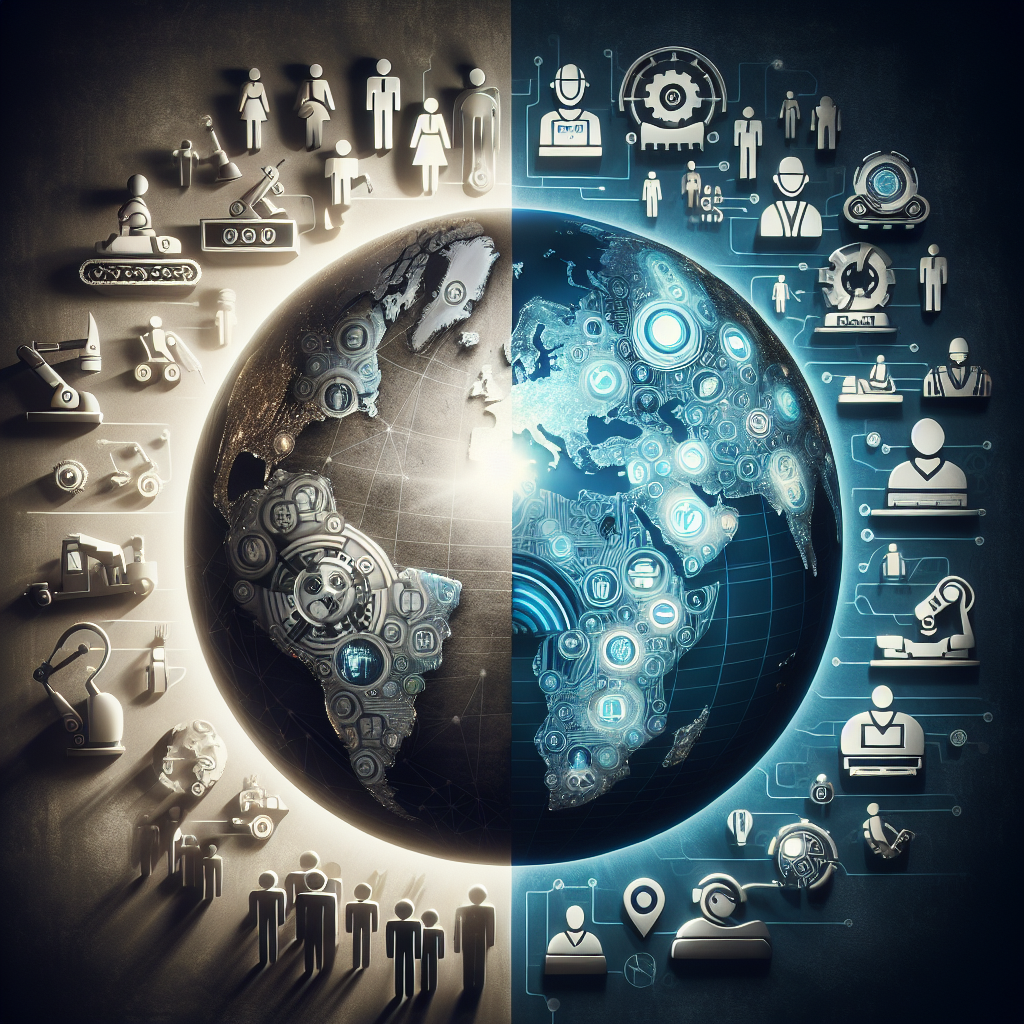Smart Homes of the Future: How IoT is Reshaping Comfortable Living
In recent years, the concept of smart homes has transitioned from futuristic fantasy to accessible reality, significantly reshaping the landscape of modern living. At the heart of this revolution is the Internet of Things (IoT), a network of interconnected devices that communicate and cooperate to enhance efficiency, convenience, and comfort. The evolution of smart homes is not just about luxury or technological novelty; it represents a fundamental shift in how we interact with our living spaces, offering a glimpse into the future of residential life.
The Rise of the Smart Home
The smart home ecosystem is built on the foundation of IoT, consisting of devices with sensors, software, and connectivity that allow them to collect and share data. Integrated devices such as smart thermostats, lighting systems, security cameras, and voice-activated assistants have already become commonplace. As this ecosystem expands, the interaction between different devices creates a seamless living experience that anticipates and adapts to the needs of the residents.
Intelligent Climate Control
One of the most immediate benefits of IoT in homes is the optimization of energy use, particularly in heating and cooling systems. Smart thermostats like the Nest Learning Thermostat and ecobee4 learn residents’ schedules and preferences, automatically adjusting temperatures for maximum comfort and efficiency. These devices can also be controlled remotely, enabling users to alter their home environment on-the-go through smartphone apps.
Future advancements may see even greater integration, with real-time weather data and occupancy sensors improving energy optimization further. By interacting with smart windows and insulation systems, these devices will significantly reduce the carbon footprint of homes, aligning personal comfort with global sustainability goals.
Advanced Security and Monitoring
Home security is another domain where IoT is making revolutionary changes. Traditional security systems have been enhanced by smart locks, video doorbells, and motion detectors, all of which can be monitored and controlled via mobile devices. These systems provide real-time alerts for unusual activities, allowing homeowners to take immediate action when necessary.
The future promises even more sophisticated systems, such as AI-powered surveillance cameras capable of differentiating between family members, pets, and intruders. Biometric verification and facial recognition technologies are expected to enhance security, bringing a higher level of personalized safety to homes worldwide.
Personalized Living Through AI
AI-driven personal assistants like Amazon’s Alexa, Google Assistant, and Apple’s Siri have become central fixtures in smart homes. These systems can manage a wide range of tasks, from playing music and setting reminders to controlling other smart devices. As AI technology continues to advance, these assistants will become more intuitive, capable of learning personal preferences and habits to offer more personalized assistance.
The integration of AI with health monitoring devices presents exciting possibilities. Future smart homes may feature systems that monitor residents’ health metrics, such as heart rate and sleep patterns, offering insights and recommendations to improve overall well-being.
Entertainment and Connectivity
IoT is also revolutionizing entertainment within the home. Smart TVs, connected speakers, and streaming services have changed the way we consume media. The advent of virtual reality and augmented reality is set to elevate entertainment experiences even further, providing immersive environments that can transform any room into a dynamic space for gaming, learning, or virtual travel.
Seamless connectivity across devices will also ensure that family members can enjoy personalized content effortlessly, with the system learning and adapting to individual preferences over time.
Challenges and Considerations
While the potential of IoT in smart homes is vast, there are challenges to consider. Privacy concerns remain paramount as increased connectivity inevitably leads to more data being collected and shared. Ensuring secure, encrypted data transfer and establishing robust privacy standards will be critical as smart homes evolve.
Moreover, the interoperability of devices from various manufacturers remains a question, with the need for standardized protocols to ensure smooth communication between different systems.
Conclusion
The smart home of the future promises unprecedented levels of convenience, efficiency, and personalization, made possible by the transformative power of IoT. As technology continues to evolve, homes will become more than just living spaces—they will act as active participants in our daily lives, shaping our experiences and improving our quality of life. In this evolving landscape, the balance between innovation, privacy, and interoperability will define the success of smart homes and their role in shaping the sustainable, connected future.














Leave feedback about this
You must be logged in to post a comment.